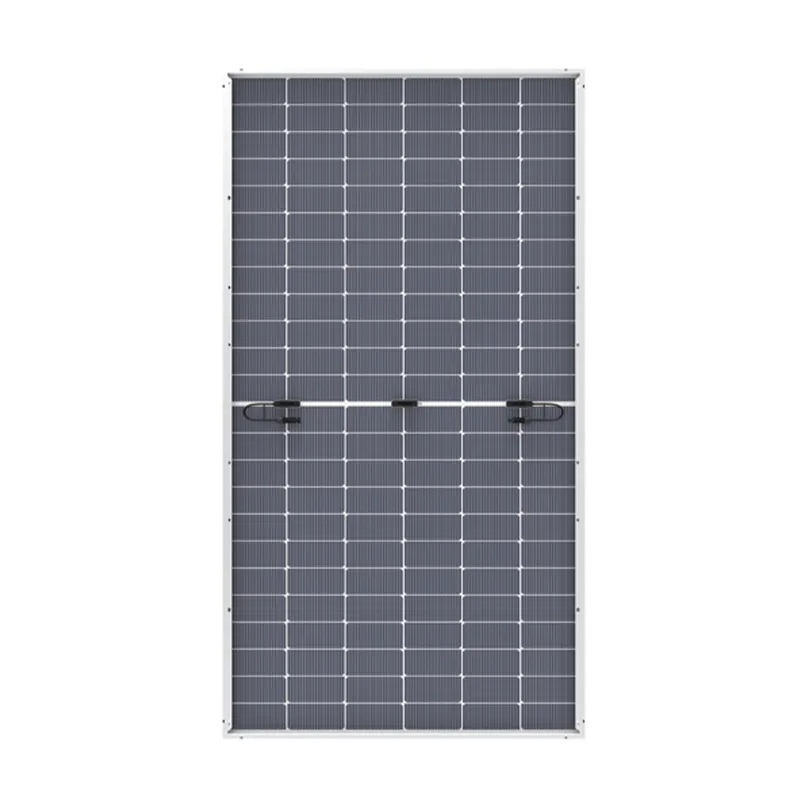Different Varieties of Solar Inverters Explained for Optimal Energy Solutions
Understanding the Types of Solar Inverters
As the world increasingly turns to renewable energy, solar power continues to gain traction as a sustainable energy solution. Central to any solar power system is the solar inverter, which plays a critical role in converting the direct current (DC) generated by solar panels into alternating current (AC) that can be used by home appliances or fed back into the electricity grid. There are several types of solar inverters, each with its unique features and benefits. This article delves into the various types of solar inverters, helping you understand which might be best suited for your needs.
1. String Inverters
String inverters are perhaps the most common type of solar inverter used in residential installations. In this setup, multiple solar panels are connected in series, or “strings,” to a single inverter. The inverter is responsible for converting the DC electricity produced by the entire string into AC. One of the primary advantages of string inverters is their cost-effectiveness; they are less expensive than other inverter types since they centralize the conversion process. However, their main drawback is that if one panel in the string experiences shading or malfunction, it can influence the output of the entire string, leading to decreased performance.
Microinverters have gained popularity due to their ability to optimize the output of individual solar panels. Instead of being installed centrally, each solar panel has its own microinverter, which converts the DC electricity from that panel into AC. This design allows for better energy production, especially in situations where shading or panel orientation varies. If one panel is shaded or underperforming, it does not affect the others, thereby maximizing the overall system efficiency. Microinverters, however, tend to be more expensive than string inverters, which can be a drawback for larger installations.
3. Power Optimizers
types of solar inverter

Power optimizers are a hybrid solution that combines elements of both string inverters and microinverters. Each panel is equipped with a power optimizer that conditions the DC electricity before sending it to a central inverter. This setup allows for higher energy production similar to microinverters, while still maintaining the cost-effectiveness of string inverters. Power optimizers are particularly beneficial in installations where panels may face differing levels of sunlight or shading, ensuring optimal performance across the system.
4. Hybrid Inverters
Hybrid inverters are designed to work with both solar energy and battery storage systems. This type of inverter allows for the integration of battery storage, offering users the flexibility to store excess solar energy generated during the day for use during the night or cloudy days. This dual-functionality is increasingly important as more homeowners seek to maximize their energy independence and efficiency. Hybrid inverters can also manage energy flows from both solar and grid sources, providing a comprehensive energy management solution.
5. Central Inverters
Central inverters are typically used in large-scale solar installations, such as solar farms. Unlike string inverters, which are suited for residential use, central inverters consolidate multiple solar strings into one larger system. They are capable of managing higher voltages and larger amounts of electricity, making them ideal for commercial applications. The main downside is that, similar to string inverters, if a central inverter fails, it can impact the entire system's performance.
Conclusion
Choosing the right type of solar inverter is crucial to ensuring the efficiency and reliability of your solar power system. Whether you're considering string inverters for their affordability, microinverters for their optimization capabilities, or hybrid inverters for flexibility, each type has its strengths and weaknesses. Evaluating your energy needs, installation size, and specific site conditions will help you make an informed decision that maximizes the benefits of solar energy. As technology advances, the evolution of solar inverters will undoubtedly contribute to the growing adoption of solar power worldwide.
-
Navigating Off Grid Solar Inverter: From Use Cases to Trusted PartnersNewsAug.05,2025
-
Solar Edge String Inverter: A Wholesaler’s Guide to Inverter Technology SelectionNewsAug.05,2025
-
Microinverters: Revolutionizing Solar Energy UseNewsAug.05,2025
-
Future of Monocrystalline Solar Panel Efficiency: Latest Technological AdvancesNewsAug.05,2025
-
Solar Panels for House: A Complete Guide to Residential Solar EnergyNewsAug.05,2025
-
Panel Bifacial Performance in Snow and Low-Light ConditionsNewsAug.05,2025







